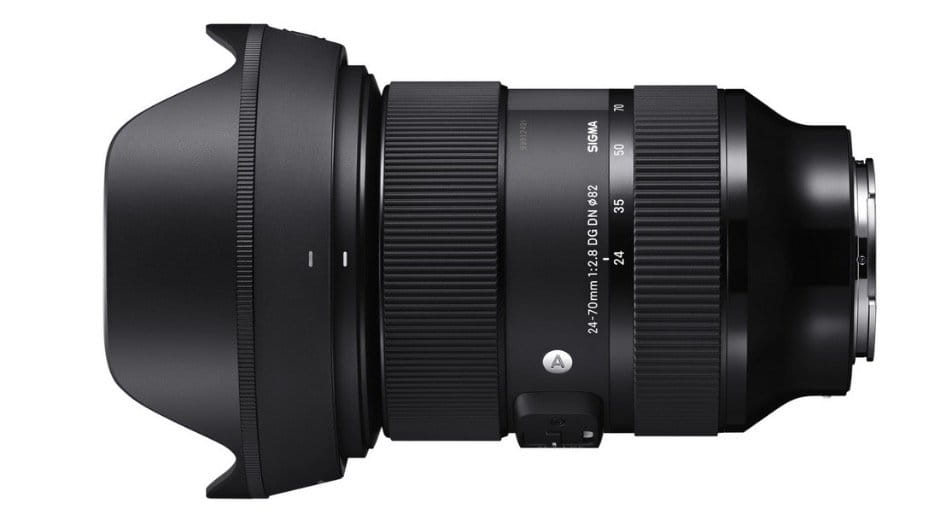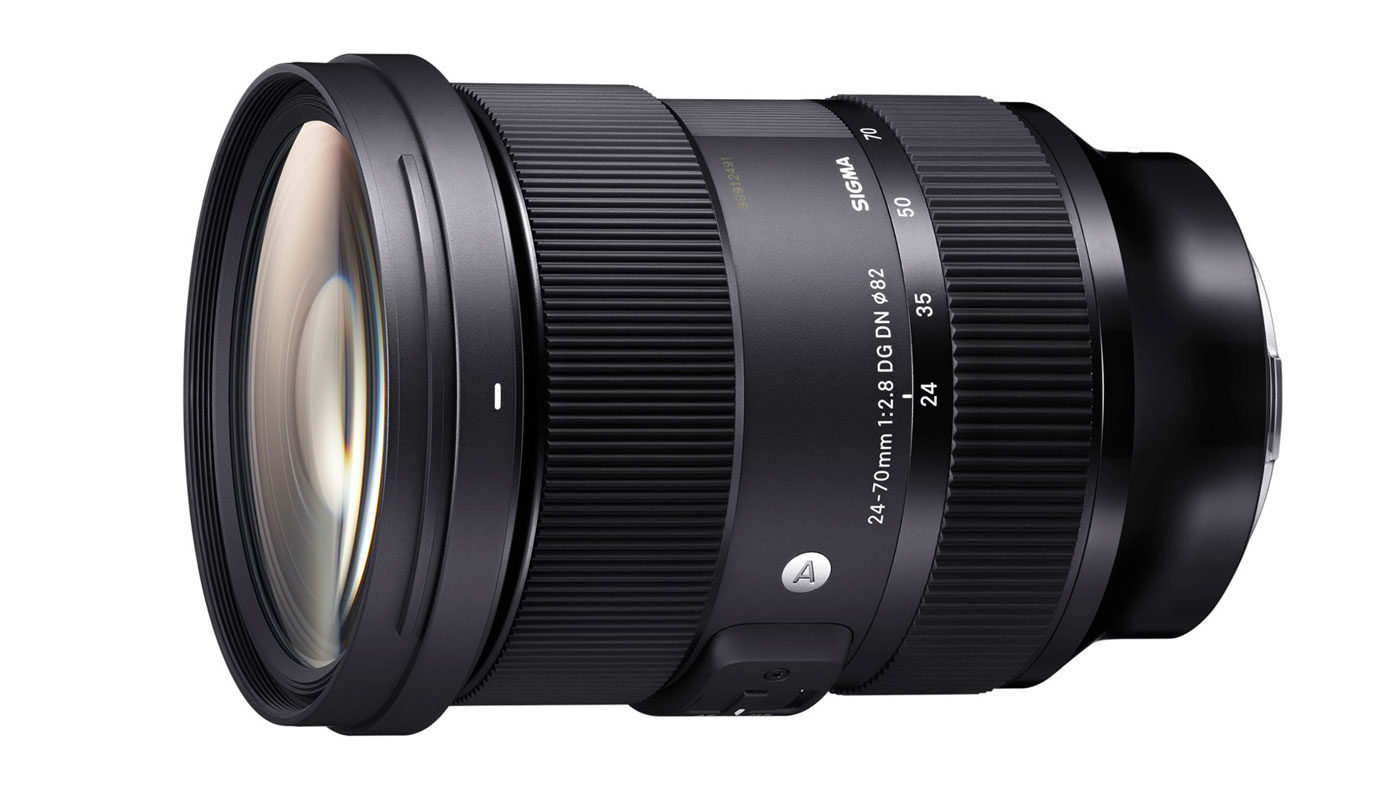

- #Sigma 24 70 2.8 sony stabilization manual
- #Sigma 24 70 2.8 sony stabilization full
- #Sigma 24 70 2.8 sony stabilization pro
That's the same size as used by its Tamron rival, while the Sigma 24-70mm F2.8 opts instead for a larger 82mm filter thread.Īutofocus comes courtesy of a stepper motor that drives just a single lightweight focusing element, and the result is swift and silent AF. Up front, you'll find 67mm filter threads.
#Sigma 24 70 2.8 sony stabilization manual
With no built-in image stabilization, there are only three controls in total: A pair of very nice, well-dampened zoom and manual focus rings and a focus mode selector switch on the left side of the barrel. Regardless of the mount variant you choose, it shouldn't feel front-heavy on any body you might want to pair it with. And while it isn't fully weather-sealed like its nearest rivals, the mount still includes a seal that should help protect your camera body from the elements, if not the lens itself.Īnd since it is so lightweight, balance is very good. Minimum focus distance / max magnificationĪs you might expect, the featherweight Sigma 28-70mm F2.8's body is predominantly constructed from polycarbonate, although it does still have a metal mount and build quality is good. Both are not only significantly pricier but also just a little larger and heavier again even than the Sigma 24-70mm Art.

#Sigma 24 70 2.8 sony stabilization pro
The deep-pocketed and less size/weight-conscious may also want to consider the Sony FE 24-70 mm F2.8 GM ($2099.99) for E-mount or the Panasonic Lumix S PRO 24-70mm F2.8 ($2199.99) for L-mount. But if portability is your primary concern and you don't need all-weather shooting capability, then the Sigma's length and weight savings are certainly enough to be noticeable. Yet despite coming in lighter and smaller than the Sigma, it's $100 less expensive.
#Sigma 24 70 2.8 sony stabilization full
It also offers full weather-sealing versus the mount-only sealing of the Sigma 28-70mm F2.8.

It's just 16.3mm (0.6in) longer, weighs 80g (2.8oz) more, and gives you a fractionally more powerful 75mm telephoto than the Sigma 28-70mm. Sony E-mount shooters also have access to the more affordable Tamron 28–75mm F/2.8 Di III RXD. If you can stretch your budget a little further, we find it's a worthwhile choice. It also provides a little extra wide-angle coverage and full weather sealing. It's priced $200 higher, is 21.4mm (0.8in) longer and fully 75% heavier.įor the added cost and heft, the Sigma 24-70mm Art offers even better image quality and includes an 11-bladed aperture. There are several alternatives to the Sigma 28-70mm F2.8, although only one of these is available for both the E-mount and L-mount: The Sigma 24-70mm F2.8 DG DN Art.

Mount: E-mount (Sony) or L-mount (Panasonic, Leica, Sigma).Sharpening and noise reduction at ACR defaults. Handling | Autofocus and focus breathing | Image quality | Conclusion | SamplesĪll images edited in Adobe Camera Raw 13 with adjustments limited to white balance, exposure, highlights, shadows, white and black levels. Travel and landscape photographers in particular will find its modest size and weight appealing, and it also offers potential as a portrait lens or for video capture.Īvailable now, the Sigma 28-70mm F2.8 DG DN Contemporary carries a list price of $899. It's aimed at photographers and videographers who want a bright walkaround zoom and the bokeh possibilities that a wide aperture brings but who don't want the size, weight and cost typical of many F2.8 zooms. It boasts a constant F2.8 maximum aperture across its zoom range and is available for both the Sony E-mount, as well as for Leica, Sigma and Panasonic cameras from the L-mount Alliance. The Sigma 28-70mm F2.8 DG DN Contemporary lens is a very compact, lightweight standard zoom lens for full-frame and APS-C mirrorless cameras.


 0 kommentar(er)
0 kommentar(er)
